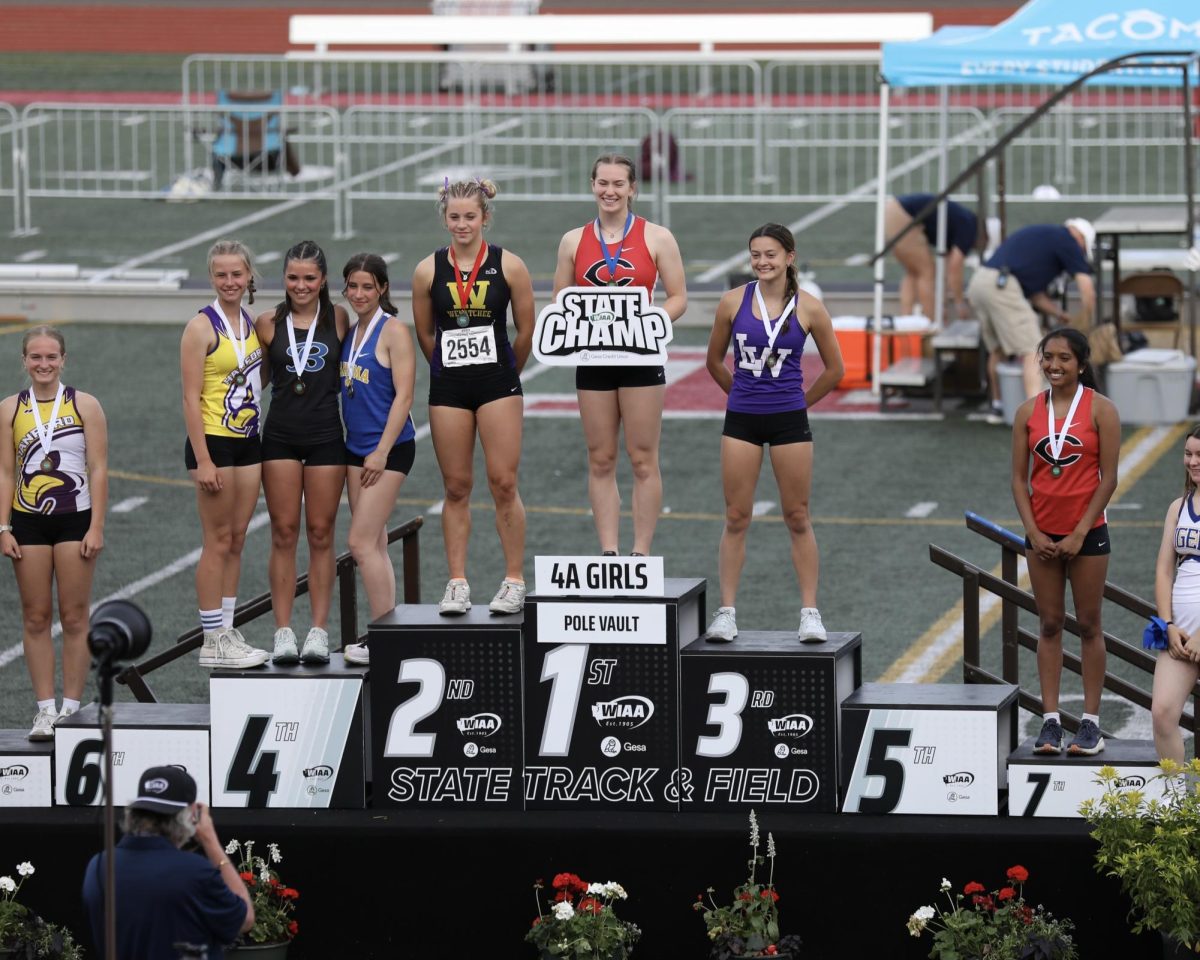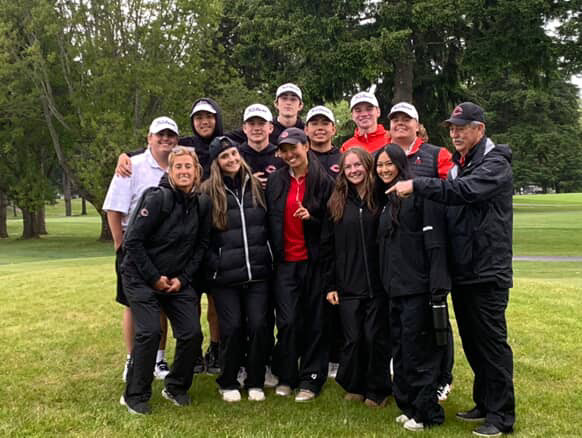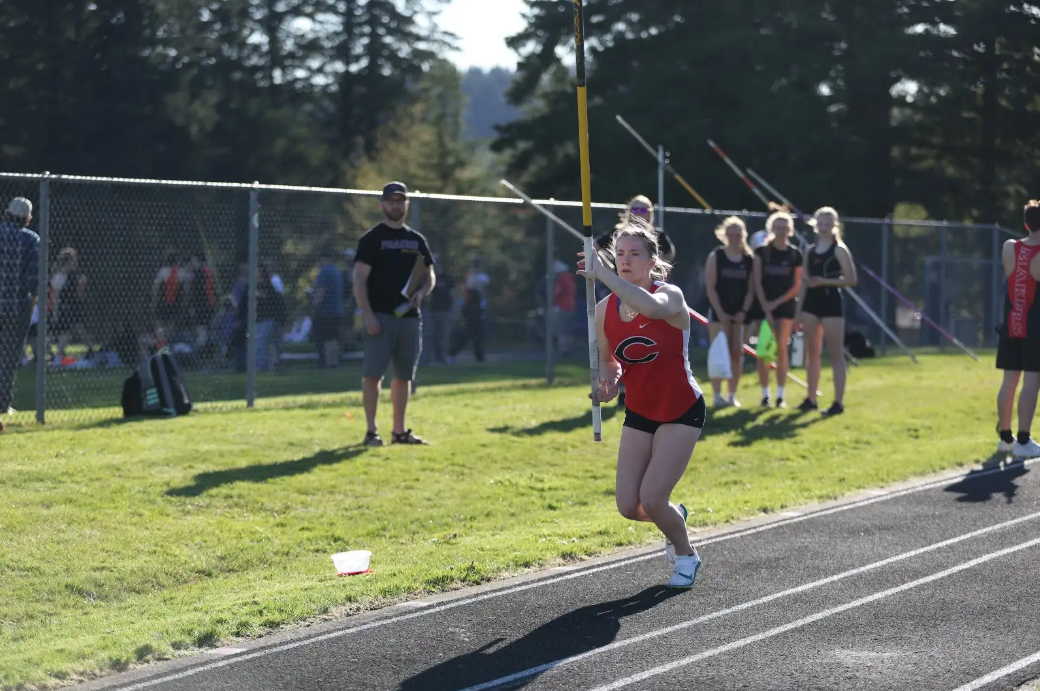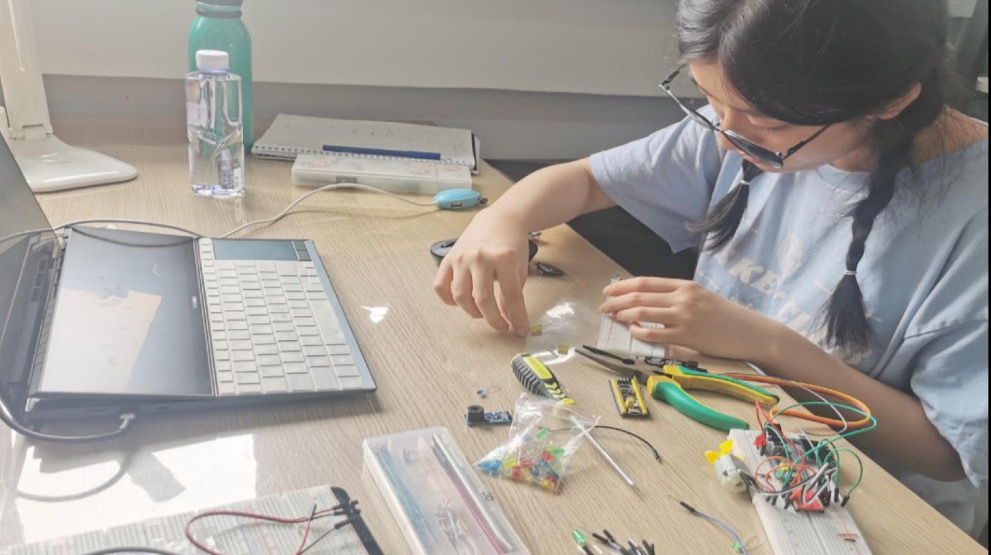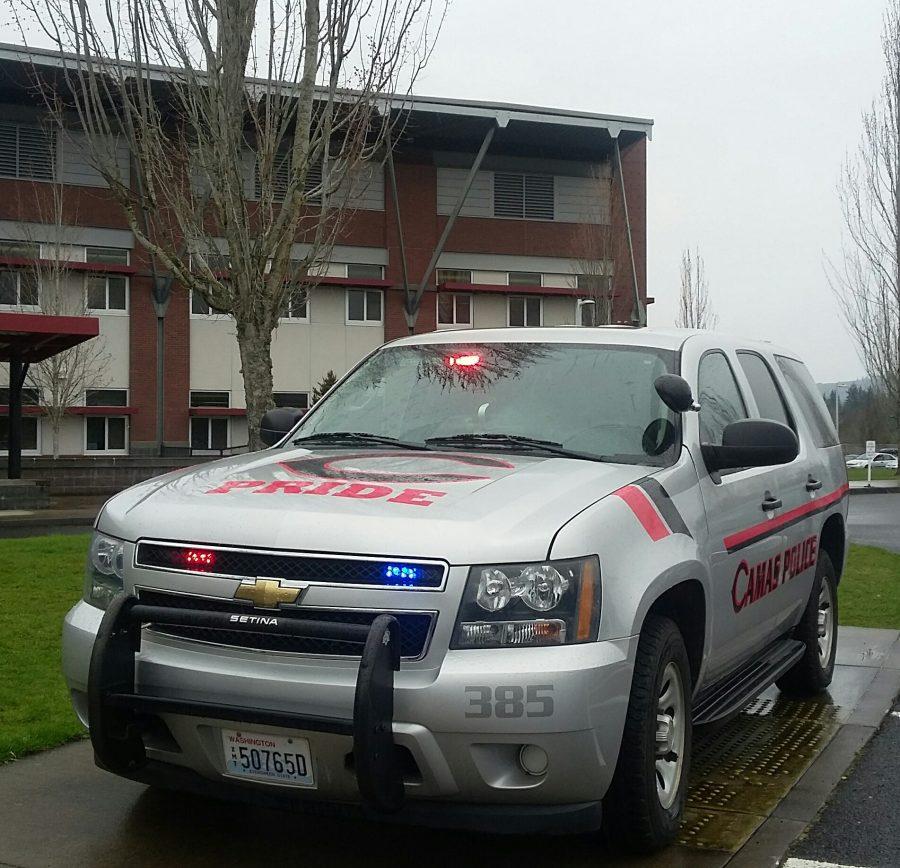April 20th, 2019 marks the 20th anniversary of the Columbine High School shooting in Colorado, a tragedy that claimed the lives of thirteen students and teachers and injured twenty others. Since that shooting twenty years ago, active shooter drills have become more commonplace. Across the nation, schools are now required to do a certain amount of safety drills throughout the school year; the lockdown drill is just one of the handful of drills schools have to practice. Today schools teach the best way to get through an active shooter situation is to follow the “run, hide, fight” protocol.
There are two types of lockdowns: an external and an internal lockdown. In an external lockdown, “all blinds and doors are shut and locked and people inside the building are not to be seen or heard,” states Associate Principal Owen Sanford who is in charge of safety at CHS. He also instructs that in an internal lockdown, “blinds, doors locked, inside the building as well, not just exterior doors but interior doors and no one is to be seen or heard and the run, hide, fight protocol is supposed to be followed.” While practice is helpful, students and teachers will not know how they will react in an actual lockdown until they experience one.
Why are lockdown drills so important? Freshman Tyler Anstead answers, “I think that they are important, but I think it’s kind of sad that we have to have them like it is a necessary part of education now.” He also says, “I think, honestly, teachers should take them a little bit more seriously and students should as well and think of them as a more realistic sense because it’s like; yeah we’ll hide against the wall but if there was a real shooter…probably that’s not what people are going to do.”
Junior Johnny Glasser thinks, “School lockdown drills are pretty good now, I remember them not being as the way they should be.” Glasser also states, “…I don’t think anyone here would do that, to my knowledge.” Everyone has the fight or flight instinct, and until they experience a situation where that instinct kicks in, they don’t know what they would do.

The most important action students can take is to follow the “run, hide, fight” protocol. The first step is to run away from the sounds of violence. If students are in immediate danger, hide. As a last resort, fight. This protocol is in place so students have an idea of what to do and for safety reasons. Sanford believes, “The protocol has changed; I think it’s easier to initiate than it ever has been,… easier to lock exterior doors with a push of a button.”
The security guards have a job as well during these drills. “We are checking the halls and making sure that there are no students in an area that’s an unprotected area,” explains security guard Kelly Kealoha.
Despite efforts to prepare a secure environment, not everyone feels confident in their safety in the event of a school shooting. Sophomore Jaryn Lasentia says, “In the event that there is an intruder or a lockdown situation happening, I feel like that this school does not provide full proof protection. I think it provides time to asses the situation, which is very valuable.” The main goal for these lockdown drills is to minimize the time it takes to initiate a lockdown so it takes less time for the police to get here and neutralize the threat.
Over the years, security in schools has changed a lot. According to Sanford, “…things have changed a heck of a lot whether it’s in schools just generally whether it is metal detectors, more security, more police, more social-emotional support, more of an emphasis on connecting with students. We know that students and adults can connect, students feel safer, they have a stronger sense of belonging and a stronger sense of community on campus.”
On February 14, 2018, the nation experienced the most recent mass school shooting in Parkland, Florida. At Marjorie Stoneman Douglas High School, a student gunman killed seventeen students and teachers and injured seventeen others. After that shooting, the school allowed students to carry only see-through backpacks. Other schools have metal detectors and more security.
All of these drills and school shootings are kind of a new thing because Sanford says, “I don’t remember any” school lockdown drills when he was in high school. Kealoha states, “With all the…violent things that have happened in schools, they’re all over the social media and the news and everything. There’s a greater awareness, it’s just different than it used to be.” She also indicates that, “The same type of things that happen now in schools, didn’t used to happen, so security’s had to evolve and change around that.”
As the anniversary of the Columbine High School shooting approaches, it is timely to reflect on the cultural impact this particular shooting had. “Because it threatened everyone’s safety, everybody’s gone to school, everybody put themselves in their place and thought, wow that could happen at my school.” explains Kealoha. Even Sanford implies that “I don’t know if we’d have as strong of a police force, police presence, in the buildings if it wasn’t for events like Columbine.” Through lockdown drills, schools try to respond to “an increase of a need to address and prepare and prevent any safety issues,” says Sanford.
Should any active shooter threat ever arise at Camas High School, community members should feel assured that a plan is in place and students should remember to “run, hide, fight.”
Please get informed. Here is the Run. Hide. Fight. video: https://www.youtube.com/watch?v=mPrhw3SEaMc

